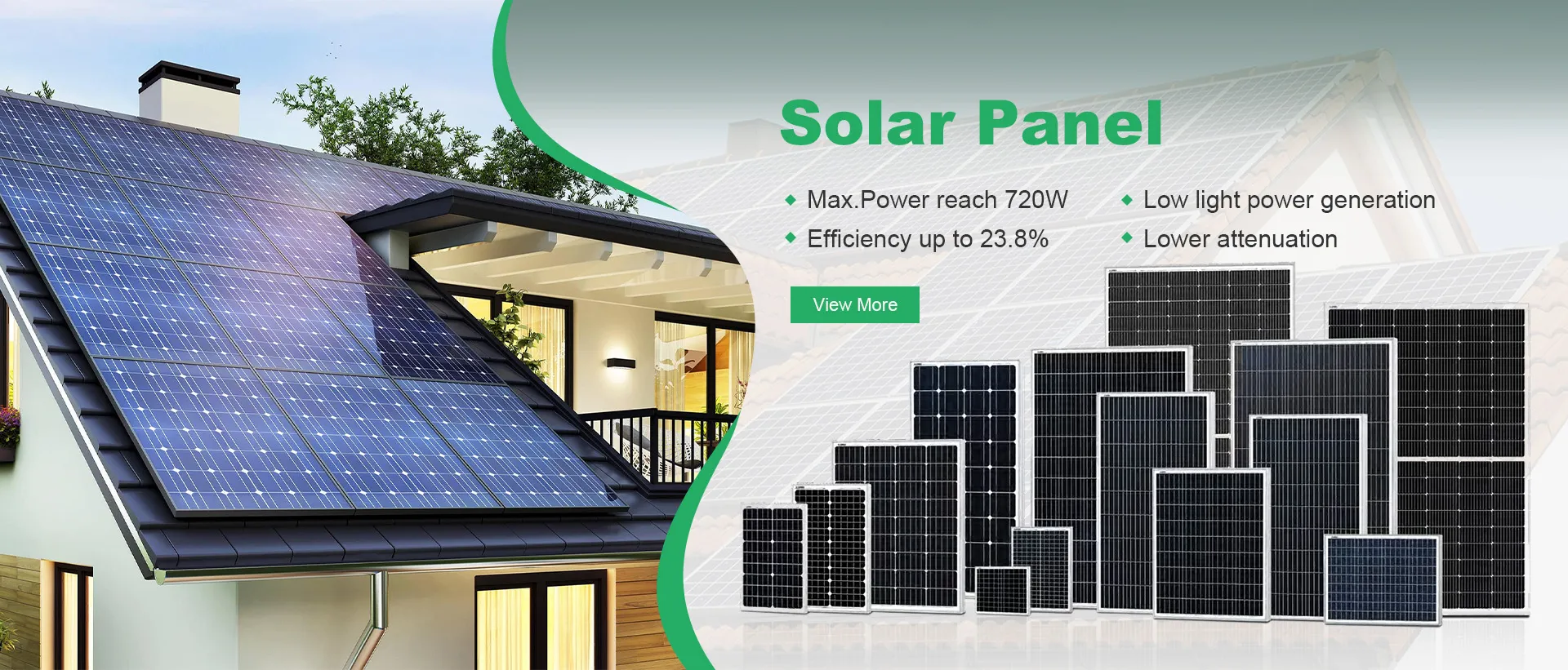Comparing Solar String Inverters and Central Inverters for Optimal Performance in Solar Systems
Solar String Inverter vs. Central Inverter A Comprehensive Comparison
As the world increasingly embraces renewable energy, solar power has emerged as a leading choice for both residential and commercial applications. Solar inverters play a critical role in solar energy systems, converting the direct current (DC) generated by solar panels into alternating current (AC) that can be used by homes and businesses. Among the various types of solar inverters available, string inverters and central inverters are two of the most common. Understanding their differences, advantages, and disadvantages is essential for making informed decisions when designing and implementing solar energy systems.
What are String Inverters?
String inverters are typically used in residential and small commercial solar installations. They are designed to handle multiple solar panels connected in series, forming a string. Each string inverter is responsible for converting the DC electricity generated by its connected solar panels into AC electricity. String inverters come in various sizes, allowing users to choose the appropriate capacity for their specific energy needs.
Advantages of String Inverters
1. Simplicity and Cost-Effectiveness String inverters are generally less expensive than central inverters, making them a popular choice for residential applications. Their simple design also makes installation and maintenance straightforward.
2. Modularity With string inverters, it’s easier to expand the solar system. Homeowners can add additional strings of panels without needing to replace the entire inverter system.
3. Monitoring Capabilities Many string inverters come equipped with monitoring features that allow users to track the performance of individual panels. This can help identify issues quickly, ensuring optimal energy production.
4. Flexibility Since string inverters are decentralized, they can be installed closer to the solar panels. This reduces energy loss associated with DC-to-AC conversion over long distances.
Disadvantages of String Inverters
1. Performance Issues The performance of the entire string can be affected if a single panel underperforms due to shading or dirt. This phenomenon is known as the chicken-and-egg problem, where the weakest link dictates the overall output.
solar string inverter vs central inverter

What are Central Inverters?
Central inverters are typically used in larger solar installations, such as utility-scale solar farms. Unlike string inverters, central inverters handle multiple strings of solar panels and convert their collective DC output into AC power at a centralized point.
Advantages of Central Inverters
1. Higher Efficiency Central inverters are designed for large-scale applications, often featuring advanced technology that can handle higher voltage and improve overall energy conversion efficiency.
2. Cost-Effectiveness for Large Systems In large installations, central inverters can be more cost-effective due to economies of scale. They require fewer units to manage substantial energy production.
3. Better Performance Tracking Central inverters are often integrated with advanced monitoring systems that provide insights into overall system performance, helping to optimize energy output.
Disadvantages of Central Inverters
1. Single Point of Failure Since central inverters serve as the hub for multiple panels, if a central inverter fails, it can bring down the entire system's output, affecting energy generation.
2. Installation Complexity The installation process for central inverters can be more complex and time-consuming. They require a larger footprint and often need additional equipment, like transformers, to manage the power output.
Conclusion
Choosing between string inverters and central inverters ultimately depends on the specific requirements of the solar installation. String inverters are often preferable for smaller residential systems due to their simplicity and cost-effectiveness, whereas central inverters are typically better suited for large-scale installations that demand high efficiency and advanced monitoring. Evaluating the unique advantages and disadvantages of each type will empower users to optimize their solar energy systems for maximum performance and reliability. As technology continues to advance, both types of inverters may evolve, further enhancing their efficiency and broadening their applications in the renewable energy landscape.
-
Unlocking Energy Freedom with the Off Grid Solar InverterNewsJun.06,2025
-
Unlock More Solar Power with a High-Efficiency Bifacial Solar PanelNewsJun.06,2025
-
Power Your Future with High-Efficiency Monocrystalline Solar PanelsNewsJun.06,2025
-
Next-Gen Solar Power Starts with Micro Solar InvertersNewsJun.06,2025
-
Harnessing Peak Efficiency with the On Grid Solar InverterNewsJun.06,2025
-
Discover Unmatched Efficiency with the Latest String Solar InverterNewsJun.06,2025







